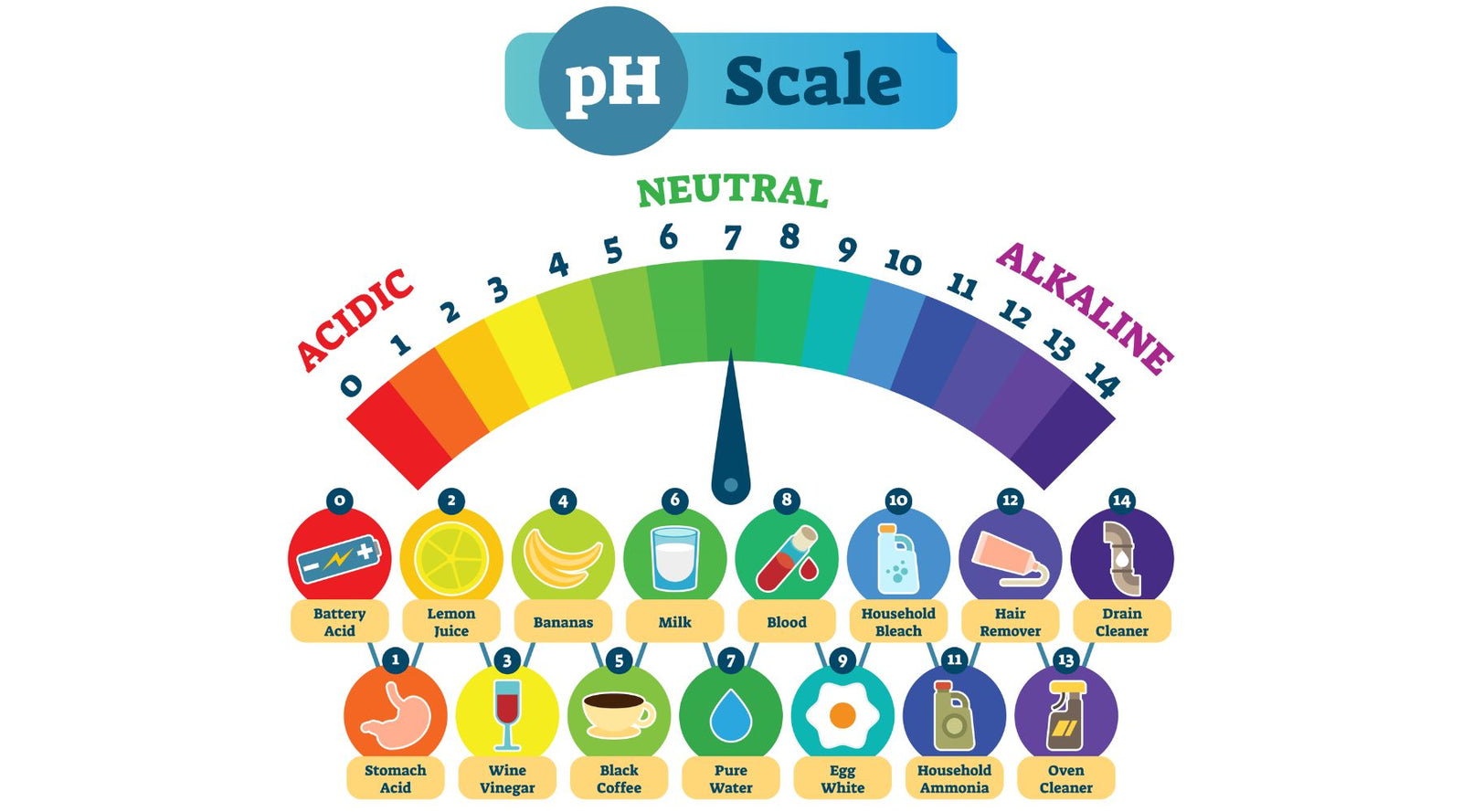Your Cart is Empty
CYBER MONDAY SALE ENDS THIS WEEK I 20% OFF STOREWIDE
Menu

Have a question? Call us 7 days a week!
CYBER MONDAY SALE ENDS THIS WEEK I 20% OFF STOREWIDE
How to Remineralize RO Water - A Comprehensive Guide
August 02, 2024 4 min read

How to Remineralize RO Water Naturally & Economically
If you’re investing in a reverse osmosis filtration system for your home, it is important to understand how reverse osmosis (RO) works, why you need toremineralize reverse osmosis water, and how you can make sure that your system is providing you with the high quality water you need.
Osmosis is the natural movement of molecules from a high concentration through a membrane to a low concentration until these molecules reach a balance. During the reverse osmosis process, pressure is applied to push water through a membrane in the opposite direction of natural osmosis. This reverse process removes unhealthy toxins, metals, viruses, bacteria, and chemicals. Water molecules are small and move easily through the reverse osmosis filtration system while these other larger unhealthy contaminants are filtered out. RO systems can effectively remove up to 99% of substances found in your tap water.
RO treatment systems are currently the only technology that can remove most of the emerging contaminants (i.e., prescription drugs and perchlorate) including other contaminants (i.e., Arsenic, Cyanide, and Fluoride) that are difficult to remove by other treatment methods.

Does RO remove minerals?
Yes. Reverse osmosis removes essential minerals from your tap water like calcium and magnesium. These minerals are larger in size than water molecules, so they are filtered out during reverse osmosis in the same way that the unhealthy contaminants are. You may hear this referred to as "demineralized water."
Depending on where your home’s water comes from, it will contain different levels of these essential minerals that are important for your health, including your teeth and bones.
Some of these minerals may give your water an odor or flavor.
You can safely drink your clean and pure RO water without these minerals. While the average human gets most of their mineral intake through food and supplements, you may decide to remineralize your water to ensure you and your family are getting the benefits of these important nutrients.
Some people may decide they want to add back in a small amount of minerals to get water that tastes more like what they are used to. Water that contains minerals is often referred to as alkaline water and is far less acidic than water that is stripped of its minerals.

How do you add minerals to reverse osmosis water?
Reverse osmosis (RO) water is highly purified and often stripped of not only contaminants but also beneficial minerals. To add minerals back into RO water, there are several methods you can consider.
One of the most straightforward approaches is to use mineral drops or mineral salts. These are readily available and can be added directly to your water. They usually contain a balanced mix of essential minerals such as calcium, magnesium, and potassium, which are crucial for maintaining good health. Simply follow the instructions on the product to ensure you're adding the correct amount.
Another popular method is to use a remineralization filter, which can be installed as an additional stage in your reverse osmosis system. These filters are designed to slowly release minerals back into the purified water, ensuring that it not only tastes better but also offers the health benefits associated with mineral-rich water.
This method is convenient and ensures a consistent mineral content in every glass of water you drink. Additionally, some people opt to add natural mineral sources, such as Himalayan salt or coral calcium, to their RO water. These natural additives can also help enhance the flavor and mineral content of the water, providing a more balanced and nutritious beverage.

What is the best way to remineralize RO water?
The most efficient and cost effective way to remineralize your reverse osmosis water and further increase its pH level is by adding on a remineralization water filter cartridge to your home system. Aqua Home Supply offers these cartridges as add-ons to your whole home system [link]. You can also take a look at our different point-of-use products that feature a remineralizer water filter. [link]. Your other options for adding minerals back to your RO water include mineral drops and alkaline pitchers.

How to Remineralize RO Water: A Comprehensive Wrap-Up
Investing in a reverse osmosis system for your home ensures you have access to exceptionally clean and pure water, free from contaminants and impurities through the reverse osmosis process. However, the reverse osmosis filtration process also removes essential minerals such as calcium, magnesium, and potassium from the water.
Understanding how reverse osmosis water and the reverse osmosis water filter work, and the importance of remineralizing the water, is crucial for maintaining the quality and health benefits of your drinking water. The best way to remineralize RO water is by employing a system with a built-in remineralizer, which can be added to your existing RO system.
By adding trace mineral drops or using alkaline water pitchers, you can enhance the taste and nutritional value of your water. Beneficial minerals, such as calcium and magnesium, are crucial for maintaining hydration and overall health, especially when remineralizing reverse osmosis water.
Osmosis systems are effective at purifying water, but it is essential to remineralize reverse osmosis water to restore these beneficial minerals. Remineralizing reverse osmosis water not only improves its taste but also provides health benefits by supporting essential bodily functions and preventing health risks associated with demineralized water.
Aqua Home Supply offers a range of solutions to help you easily remineralize your water, ensuring you and your family receive the full spectrum of benefits from your RO system. Ultimately, ensuring that your RO water is both pure and mineral-rich provides a balanced and healthful hydration option for your household. Embrace the best of both worlds by incorporating remineralization practices into your water filtration routine, and enjoy the peace of mind that comes with drinking water that is not only clean but also nourishing.
Did we Miss Anything in our Analysis? Feel Free to Leave a Comment With Your Thoughts Below!
Leave a comment
Comments will be approved before showing up.
